
Honey is a sweet product of nature, famous for its health benefits. Bees using nectar from flowers make honey. Honey is most commonly used healthy alternative to white sugar as it gets its sweetness from the monosaccharide fructose and glucose and has approximately the same quality of sweetness as that of granulated white sugar.
Uses and health benefits of honey
Honey is most commonly used in cooking, baking or spread on bread and pastry. It may also be used in different beverages, especially, teas. An alcoholic beverage known as mead is produced from honey. This kind of drink is also known as the honey wine or the honey beer. Honey is not just a food product, it is also being used as a natural remedy to reduce coughs, cure bladder infections or even ease arthritis pain.
Dissolved in a glass of water, with addition of cinnamon, it may help to cure many bacterial diseases. Antioxidants found in honey may help to protect cells from damage caused by free radicals. It may also prevent coronary diseases, strokes, and be used for topical treatment of sunburn.
Last but not the least, honey is a frequent ingredient in many health and beauty products. One may even prepare a home-made facial mask from honey, or use it as a hair conditioner.
Honey as a sugar substitute
Honey is one of the healthiest alternatives to sugar. However, honey has more calories per tablespoon than sugar contains. Approximately, one tablespoon of honey contains 64 calories, while one tablespoon of sugar contains just 46 calories. The best way to use honey as a sugar substitute is to substitute 11/2 to 2 tablespoons of sugar with just one tablespoon of honey.
Commercial honey and raw honey
Raw honey and commercial honey have the same amounts of calories. Both contain 64 calories per tablespoon. However, one should always go for raw honey because commercial honey is in most cases heavily processed in the methods of heating and filtering. The heating process wipes out most of the important nutrients found in honey: vitamins, minerals, phytonutrients and enzymes. Raw honey, on the other hand, is minimally processed and filtered. It may appear more firm and cloudier, but this actually means that all of the important nutrients are still contained in a jar. The cloudy appearance of unfiltered, unheated, honey actually comes from the small amounts of bee pollen contained in it naturally. It is advisable to check labels for terms “unpasteurized” or “raw” in order to enjoy full health benefits.


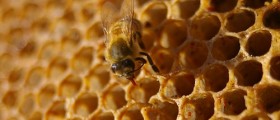

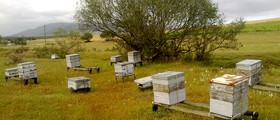
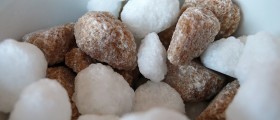
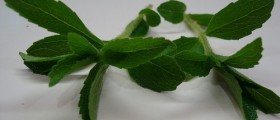
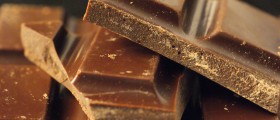
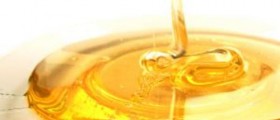
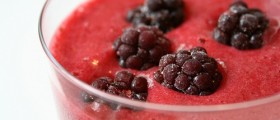

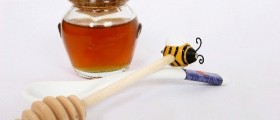


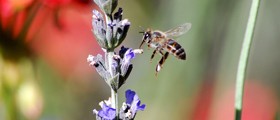
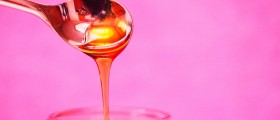
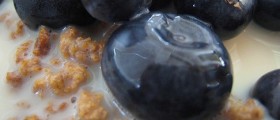
Your thoughts on this
Loading...